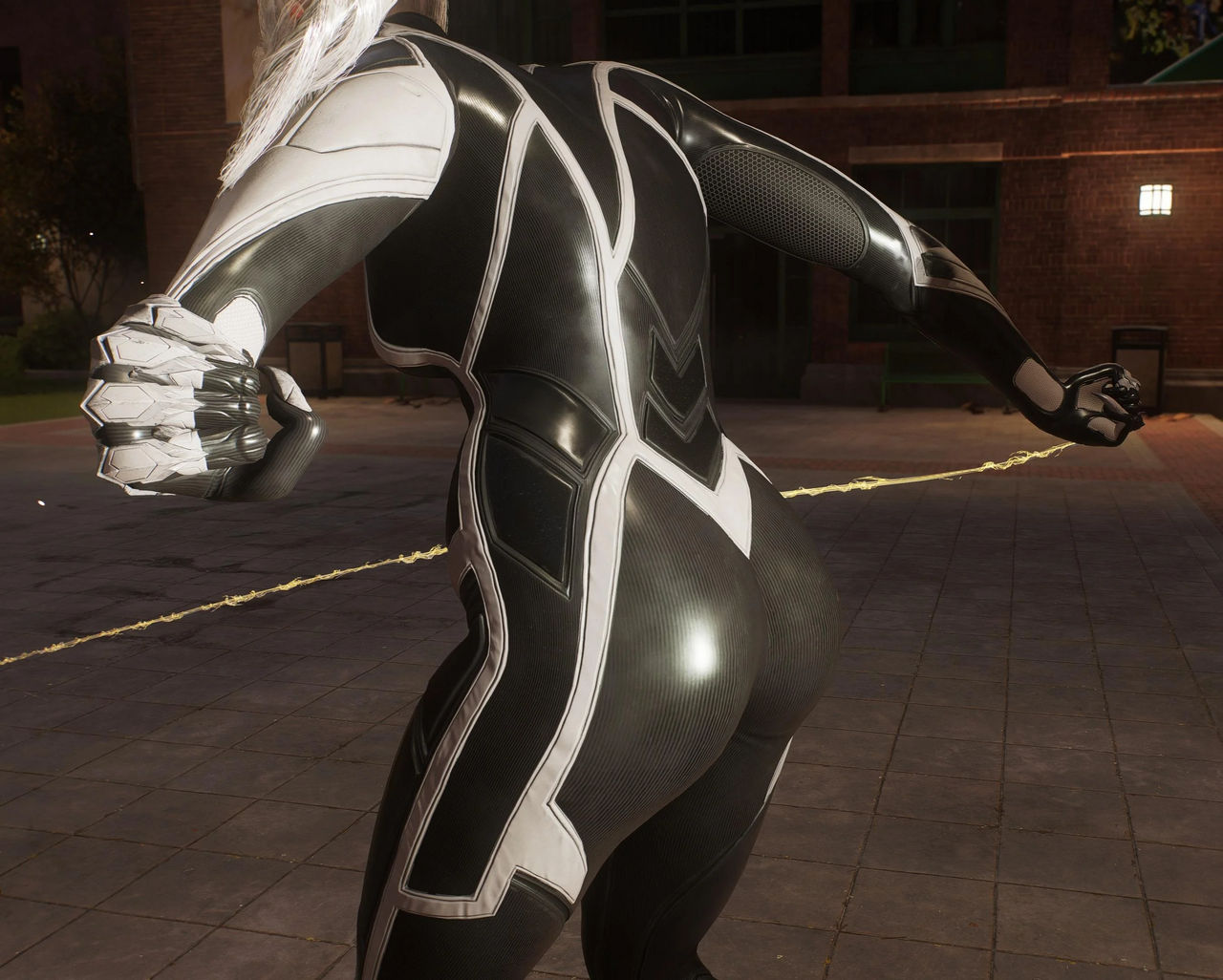There's a lot of chatter, you know, around the world of big tech, and sometimes, the way we talk about these powerful systems can be a little, well, colorful. When folks mention "Dojo cat ass," it's often a playful, yet somewhat curious, way to point at something very serious and rather innovative: Tesla's ambitious push into artificial intelligence computing. It is that kind of phrase that grabs your attention, making you wonder what exactly is being talked about, and perhaps, what kind of powerful engine is purring underneath.
This particular phrase, for all its unexpected charm, points directly to Tesla's very own supercomputer system, which goes by the name of Dojo. This whole setup, you see, is specifically put together to help train the company's full self-driving (FSD) system. It’s a big deal, quite frankly, because Tesla has a rather grand aim: to eventually replace the A100 chips they currently use, which are, as a matter of fact, a major part of the world's seventh largest data center operations. So, it's about making their own tools for their own very specific needs.
The story of Dojo, in a way, stretches back a little while, starting around 2019, when the first whispers of this AI initiative began to make the rounds. This isn't just about building a faster computer, though; it’s about a new way of thinking about how these complex calculations happen. We are going to look at what makes this system tick, whether it's truly a leap in design or just a clever bit of engineering, and why it matters for the future of cars that drive themselves, and perhaps, for how we think about big computing generally.
Table of Contents
- What's the Big Deal with Dojo?
- Is Dojo a True Supercomputer, Really?
- How Does Dojo Change the Game for AI Training?
- What About Dojo as a Web Framework?
- The Road Ahead for Dojo's "Cat Ass" Computing Power
- Why Aren't More Folks Using Dojo Frontend?
What's the Big Deal with Dojo?
When we talk about Dojo, it's pretty clear we are talking about something quite significant for Tesla. This isn't just another piece of hardware; it is, in some respects, a completely new kind of brain for their self-driving vehicles. The whole idea behind it is to process and make sense of all the vast amounts of information that these cars gather. Think about it: every pedestrian, every animal, every pothole on the road needs to be recognized and understood by the car's system. This, you know, takes an enormous amount of computational effort, and Dojo is built to handle just that.
This particular chip, the Dojo D1, is something Tesla put together all by themselves. It’s a supercomputer chip, really, something that handles a lot of very fast calculations. The purpose is pretty straightforward: to work through all the driving data, to learn from it, and to figure out what things are in the world around the car. It’s like a very, very diligent student that never stops studying the road, which is pretty cool if you think about it. The journey for Dojo, as we mentioned, started some time ago, with the company looking at its own specific needs for artificial intelligence. They wanted something that could handle their unique challenges, and this chip, in a way, is their answer.
The Core of "Dojo Cat Ass" - Tesla's Vision
The heart of what makes this "Dojo cat ass" system tick is its special design. It's built as a multi-core architecture, which means it has a whole bunch of processing units all working together. This kind of setup, you see, is meant to be very efficient for the sort of AI calculations Tesla needs to do. The big question, in a way, is whether this design is a truly new idea in how computers are put together, or if it's more about being very clever with existing ways of building things. It's a bit of both, perhaps, but the way they've gone about it is certainly different from what you might typically find in other places.
Tesla’s aim, you know, is to create something that can handle their very specific training requirements for autonomous driving. They are not just building a general-purpose supercomputer; they are building something that is very, very good at one particular job. This focus allows them to optimize things in ways that a more general system might not be able to. It's about getting the most bang for their buck, in terms of processing power, for their self-driving goals. This core vision really shapes everything about how Dojo is put together, from its physical layout to the instructions it understands.
Is Dojo a True Supercomputer, Really?
When people talk about supercomputers, they often think of machines that can do all sorts of very, very complex scientific calculations, especially those that involve something called FP64, which is a way of handling numbers with a lot of precision. Dojo, as a matter of fact, doesn't support this particular kind of number crunching. Because of this, some folks might say it isn't a "supercomputer" in the strictest, most traditional sense. So, I mean, it's a bit like calling a very fast racing car a "truck" just because it doesn't carry heavy loads. It’s fast, but for a different purpose.
However, that doesn't mean Dojo isn't incredibly powerful or, you know, a major step forward. It's just built for a different kind of task. For the purposes of AI training, especially for things like image recognition and learning from vast datasets, the kind of number processing Dojo does is actually what's needed. It's optimized for that, so it can do those specific tasks incredibly well, even if it doesn't fit every single definition of a "supercomputer." It's about what it excels at, not what it doesn't do. This distinction is pretty important, as a matter of fact, when we are looking at its place in the bigger picture of computing.
The "Dojo Cat Ass" Approach to Number Crunching
The way this "Dojo cat ass" system handles its numbers is rather unique, particularly when you think about how most very large computing systems are put together. Many supercomputers use what we call a "cluster" idea, where lots of separate machines are linked together. Dojo, on the other hand, takes a different path. It tries to pack as much processing power as possible into a very small space, making its ability to do calculations incredibly dense. This approach, you know, aims to get the very best performance possible for the amount of space and energy it uses.
This focus on density means that the way Dojo is built goes beyond the typical thinking of just linking many separate computers. It’s about making each part work together in a much more integrated way. The goal is to achieve what some might call an "optimal" level of computing density, which means getting the most



